Brahma Temple Pushkar is one of its kind temple as it is made following the principles of Vedic Vastu. Lord Brahma is also credited with creating the world.
Lord Brahma was to perform Yagna or Fire worship with a wife. Since his first wife Savatri was late on that occasion, and the auspicious time was running out, he started the ritual with his newlywed wife Gayathri. Obviously, this enraged Savatri and in her anger, cursed Lord Brahma that he would not have a temple or abode. Since the temple at Pushkar was constructed before the curse, we can find just one temple of Lord Brahma. The temple is known to have been constructed by Sage Vishwamitra and renovated (Jirnodvar) by Adi Shankaracharya.
We cannot take pictures inside the temple so I have placed pictures of the outer area like the entrance and the Brahma Sarovar. For the Sarovar, one has to walk down the passage crossing many interesting shops. Walk without footwear as this is the passage where all the Gods have walked in ancient times to pray at the Brahma Sarovar.
I have posted a few videos on my YouTube.
About The Temple:
Salient features of the temple:
- Lake On the Eastern Side of the Temple: As per ancient Vastu texts “Manasaar” & “Mayamatam” etc., the water body on the east side of the structure is very auspicious, as the sun rises in the east, and the first rays of the sun fall on the water body, energizing the entire complex.
- Entrance at Exact 90° East: The alignment/orientation of the entrance door is exactly 90° East, this is really surprising considering the ancient builders were not known to have an advanced compass and measurement tools. The exact 90° alignment is achieved through a method called “Shanku Sthapana”.
East Entrance is again considered ideal since sun rays can have direct access to the complex upon rising, facilitating purity, and cleanliness, thus enabling nourishment of the body with Vitamin D. - Bramhasthana ( Centre point of constructed land): Bramhastana is the centre point of the land where no construction is done. Ideally, it should be devoid of any structure and should be left empty. At Pushkar temple, we observe an idol of a silver tortoise at Bramhasthana. Tortoise has great importance in ancient Vastu texts, due to its optimal use of sensory organs, pure life and longevity. This essentially is done to make a structure long-lasting.
- Silver Inlay on temple Floor: Silver is known to be a positively charged metal, it energizes the surface. They balance the energy of the floor. At Pushkar temple, silver coins are inserted below the floor, and a visitor to the temple can feel a buzz or energy walking barefoot on the temple floor.
- Lotus / Elephant / Angels (Yaksha) Motifs on walls and roof of the temple: The temple walls and roofs are dotted with lotus/swans/elephant motifs across the structure, these are considered to have calming influence and act as positive vibrations. What you see is what you feel.
- Basement tunnel on the north: There is a small tunnel on the northern side of the complex which leads down to a deity. As per shastras, it is good to place wealth in the northern side as this zone belongs to Kubera, the lord of wealth. Since this part of the premises is never exposed to direct sunlight keeping a locker here is very fruitful and helps in increasing the existing wealth.
- Pyramid on the top of the main deity: Most Hindu temples have a pyramid structure just above the main deity. Vedic shastras emphasize this kind of structure as this helps in magnifying the apex energy and helps it in distributing evenly. This phenomenon is quite similar to the spectrum created by the sun’s rays passing through the prism.
- Southeast and south donation box: The sun is at its peak when in the southeast and south. This makes a human more active and conscious so in a good mind frame, he tends to donate more. That’s why it is a good practice to keep the donation box in this zone.
- Elephants on the east entrance of the construction portion: As per Samrangan Sutradhar Granth elephants are positive animals. They represent strength and valour. Since we take 85% of knowledge from our eyes. What we see is what we are. Seeing herbivorous animals gives us a similar feeling. Goddess Laxmi is flanked by elephants as per the ancient scriptures.
- West higher: Since the steps begin from the east, the west direction gets a raised platform. As per Manushlaya Chandrika Granth slopes must be from west to east and south to north.
- Kuber temple in the North: As per the Vastu scriptures Lord Kuber sits in the north direction and faces south.
- Swan on the east: As per Samrangan Sutradhar Granth swans are very positive birds and it is good to have them on the premises. We also get a feel-good factor when we see a swan rather than seeing a crow or a pigeon.
- Neem tree on the west: As per Manushlaya Chandrika Granth tree must be placed as per the direction. A complete tree chart is given in my youtube link. The reason being that the west is the direction of lord Shani and neem is associated with Shani so it is best to have a neem tree in the west
- Water outlet in the north: it is good to have a water outlet in the north as this is the zone where water must be stored or must flow out.
About Pushkar :
Pushkar is situated in Ajmer, Rajasthan, India
It’s about 417 km from the federal capital New Delhi,
and about 147 km from the state capital Jaipur,
Pushkar can be reached via train or cab from these cities.
Best Time to Visit :
During Oct/Nov period
During February /April
 Pitr dosh puja at Brahma Sarovar
Pitr dosh puja at Brahma Sarovar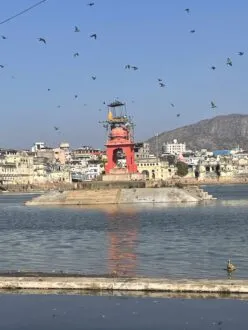 The Brahma Sarovar
The Brahma Sarovar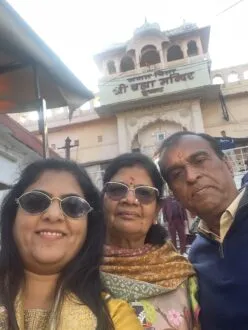 With my Parents
With my Parents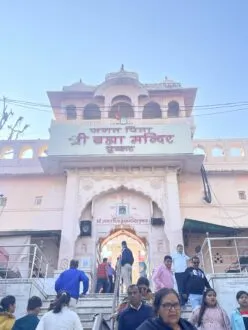 The only Brahma Temple in the world
The only Brahma Temple in the world At the entry
At the entry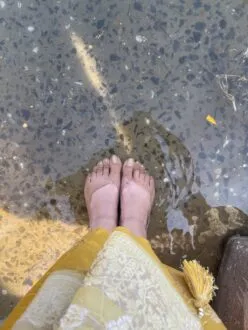 Purifying myself at the Sarovar
Purifying myself at the Sarovar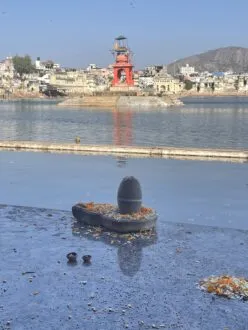 The Brahma in the centre, The Vishnu in the water, The Shiva in the stone
The Brahma in the centre, The Vishnu in the water, The Shiva in the stone

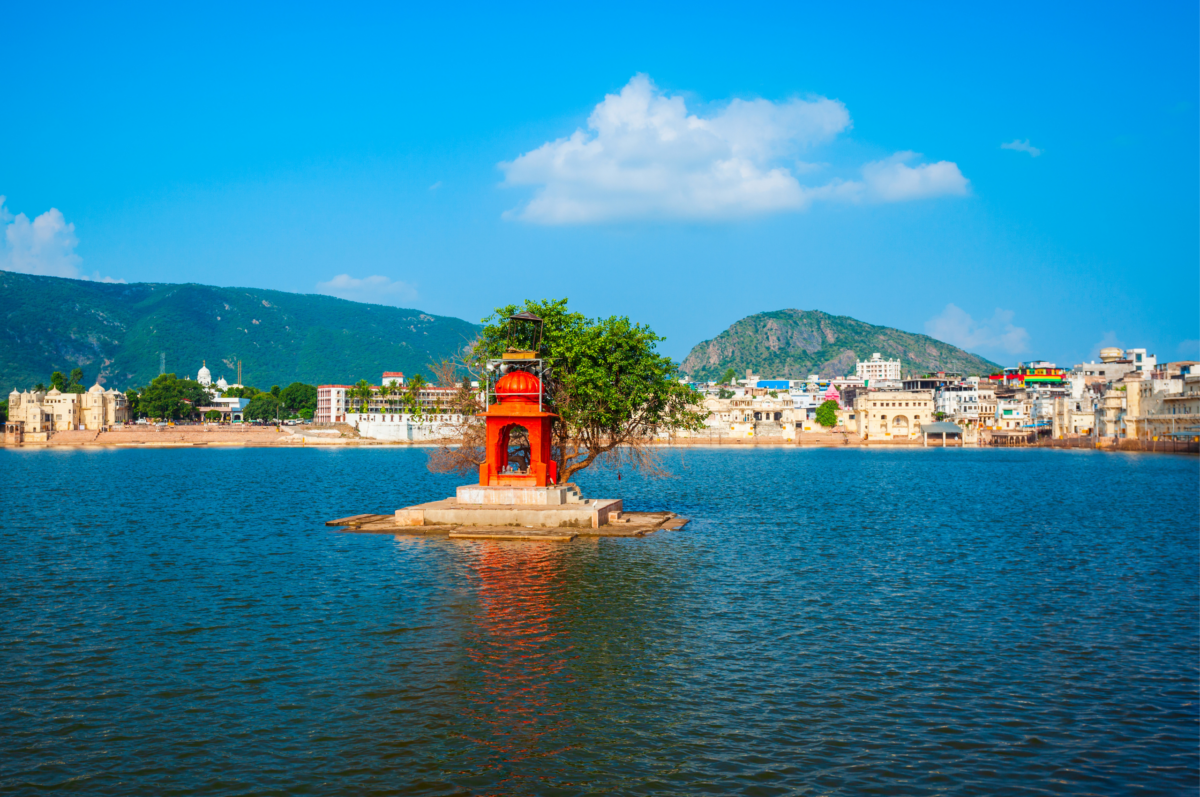

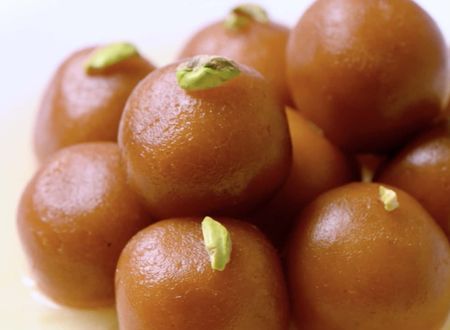
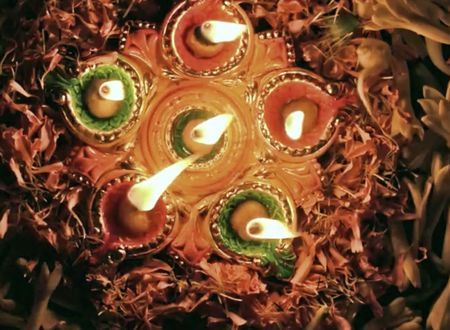
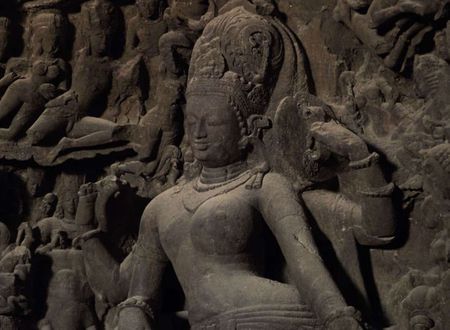



Comments & Discussion
11 COMMENTS
Please login to read members' comments and participate in the discussion.